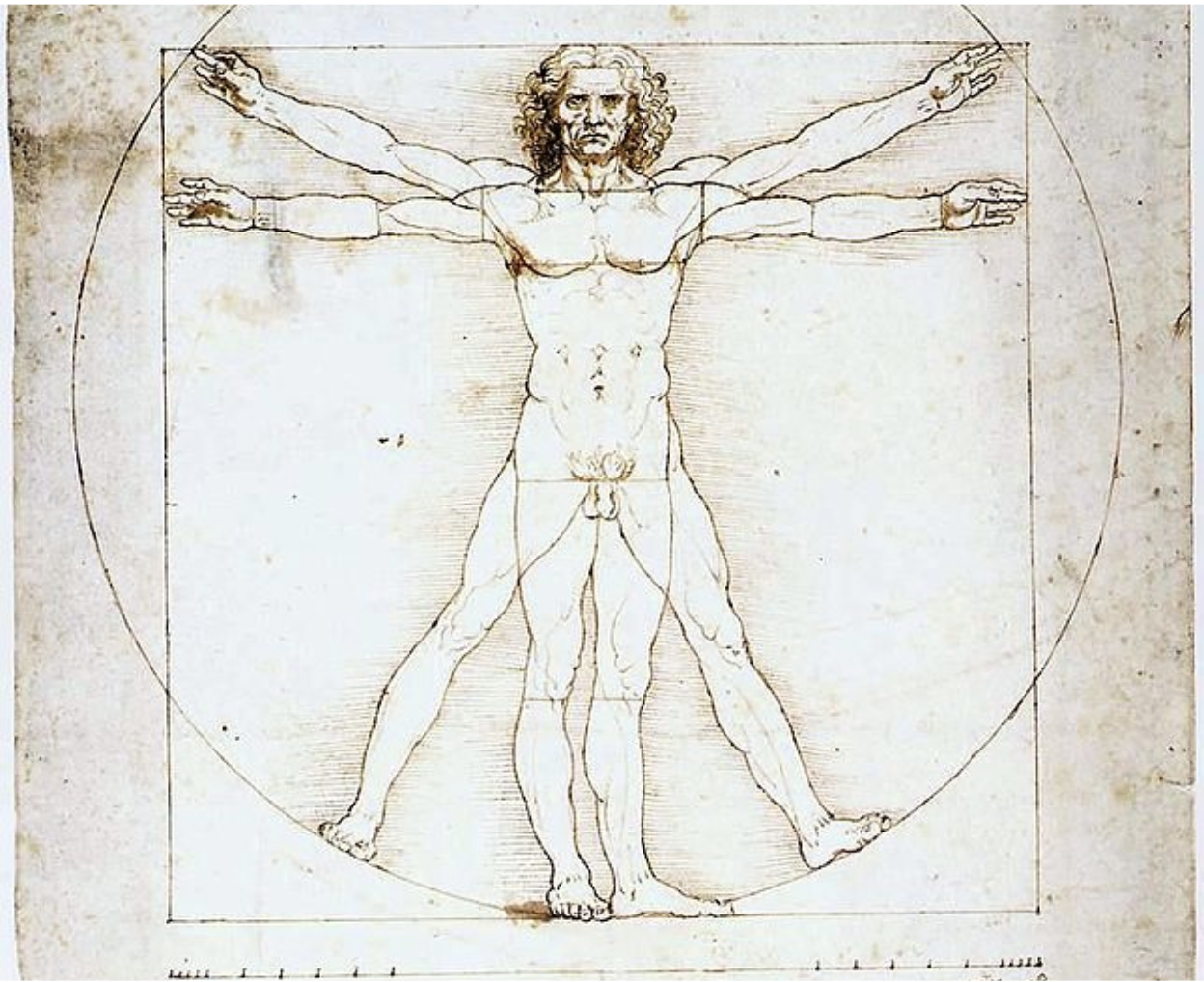Can drunkenness ever be holy? Brady examines the employment of drunkenness as a motif for both spiritual admonition and encouragement in the writings of the Church Fathers and the visual propagation of these teachings through early modern depictions of Noah and His Sons.
Over the past 20+ years as the ‘decolonization’ effort has been pushed further into the mainstream, there has been a significant cultural shift towards acknowledging the institutional bias that underpins so many industries. Art museums and other cultural institutions have started to take seriously the ways in which their curation practices often implicitly support white supremacy.
Museums across the U.S. and Europe have been called out for their lack of representation of almost every group outside of cis white men. Any google search on the subject provides many examples of this. Curation has come under scrutiny as being one of the chief areas that contributes to the lack of diversity.
Enter Historically Black Colleges and Universities, collectively known as HCBUs. These institutions have served as a safe haven for Black creatives from across the African Diaspora. They have also served as repositories of art by Black artists across a wide variety of genres and mediums. The stated goals of the Alliance of HBCU Museums & Galleries which was founded in 2016 are
- To contribute to the diversification of the museum and art world through the preparation and training of outstanding students and recent alumni from our member HBCUs in museum studies, art conservation, archives, and artistry.
- To support the preservation, sustenance, and operations of our member museums and galleries and their collections and staff.
The Alliance has also been instrumental in the push to recognize, catalog, and exhibit the collections held at HBCUs across the country and formalize them into museum spaces. The amount of work that needs to be undertaken is immense, and many of the collections held at HBCUs have never been publicly displayed. In 2021, the National Museum of African American History & Culture established the HBCU History & Culture Access Consortium to support this important effort. The universities included in this effort are Clark Atlanta University, Florida A&M University, Jackson State University, Texas Southern University, and Tuskegee University. The archives and private collections held at these institutions are a treasure trove of American art, culture, and history. The accessibility of these collections to students, scholars, and the general public can be an important source of inspiration, research, and can (and should) serve as a pipeline for credentialed and experienced Black curators, conservationists, and educators.
If there is to be a true reckoning and overhaul of both the intentional and unintentional ways in which art curation has reinforced white supremacy, similar efforts to train and hire diverse curators and conservationists needs to be undertaken. American art does not need to be siloed by racialized and gendered categories. In order to truly reflect the immensity of American art, curators that represent all aspects of America need to be present at the table.
Works Cited
Bradley, Adam. “The Historically Black College Reconsiders the Studio Art Program.” The New York Times, 27 July 2022, https://www.nytimes.com/2022/07/08/t-magazine/hbcu-art-programs.html?smid=url-share. Accessed 3 April 2023.
“Smithsonian Establishes Consortium of Five HBCUs To Support University Museums and Archives.” Smithsonian Institution, 23 March 2021, https://www.si.edu/newsdesk/releases/smithsonian-establishes-consortium-five-hbcus-support-university-museums-and. Accessed 3 April 2023.
Traditional Fine Arts Organization, Inc. “To Conserve a Legacy: American Art from Historically Black Colleges and Universities.” Traditional Fine Arts Organization, 26 October 2010, https://tfaoi.org/newsm1/n1m512.htm. Accessed 3 April 2023.





